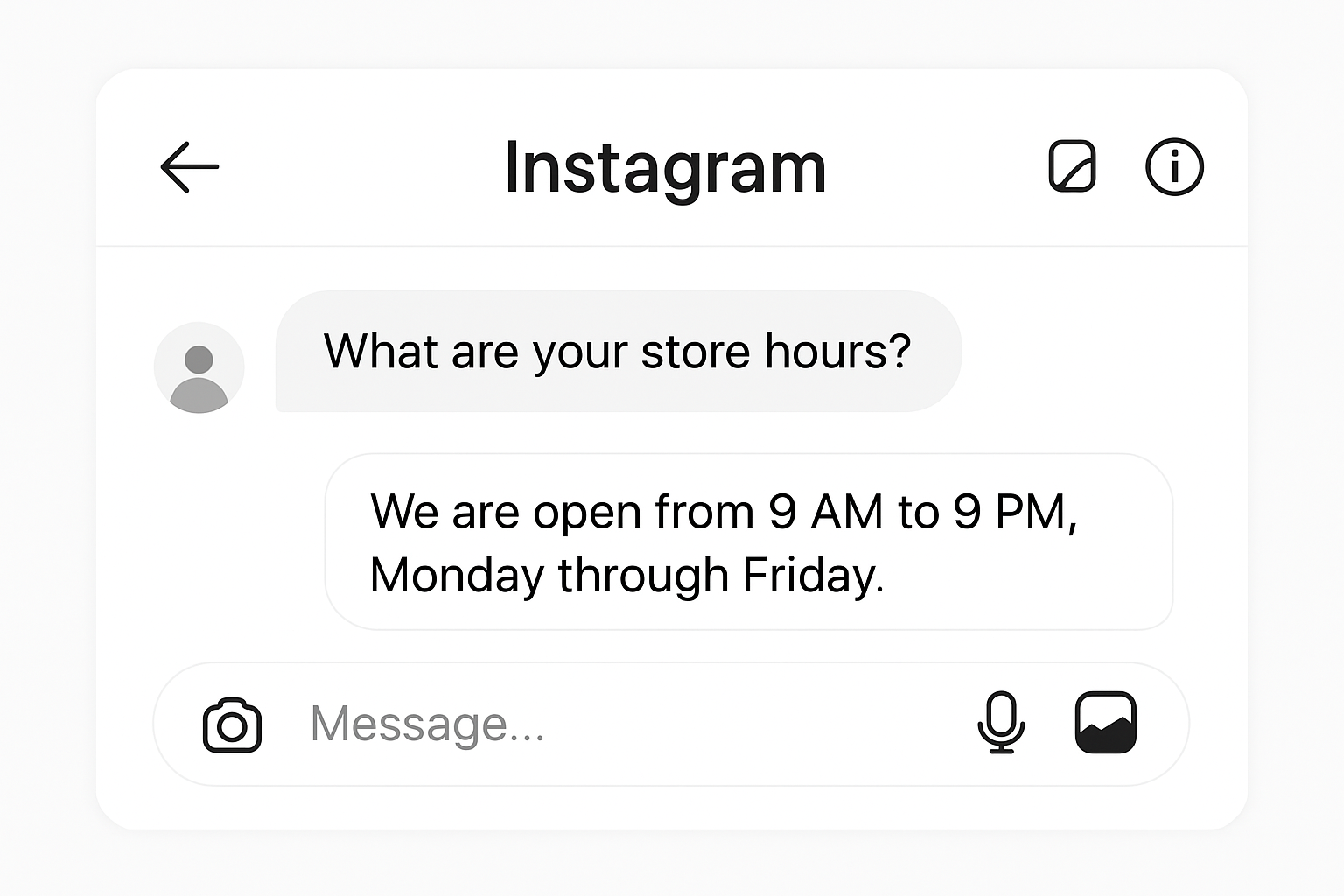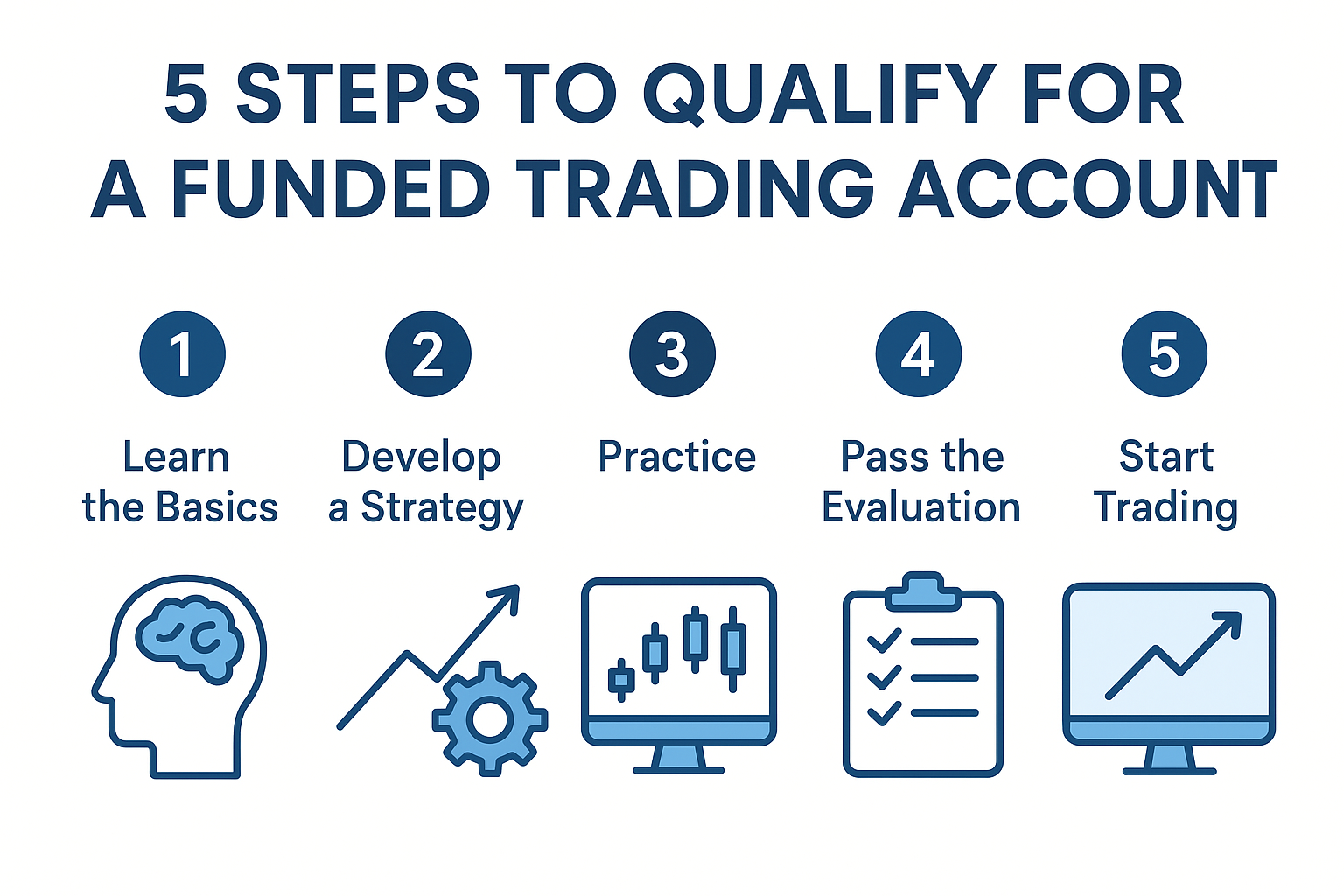How To Optimize Multivendor Marketplace Platform?
- 1 Understanding the Multivendor Marketplace
- 2 Key Strategies for Optimization
- 2.1 User-Friendly Interface
- 2.2 Robust Vendor Management System
- 2.3 Effective Search and Filtering Options
- 2.4 Secure Payment and Seamless Checkout Process
- 2.5 Customer Support and Feedback System
- 2.6 Marketing and Promotion Tools
- 2.7 Analytics and Reporting
- 2.8 Scalability and Performance Optimization
- 3 Conclusion
In today’s e-commerce landscape, multivendor marketplaces are becoming increasingly popular due to their potential to offer a wide range of products and services from different sellers on a single platform. Optimizing a multivendor marketplace platform is crucial for attracting sellers, providing a seamless shopping experience for customers, and ensuring the overall success of the business. This article provides a comprehensive guide on how to optimize your multivendor marketplace platform for maximum efficiency and growth.
Understanding the Multivendor Marketplace
A multivendor marketplace is a platform where multiple sellers can list and sell their products or services to a broad audience. Examples include Amazon, eBay, and Etsy. These platforms offer numerous benefits, such as a diverse product range, competitive pricing, and a one-stop-shop experience for customers. However, managing and optimizing such a platform can be challenging due to the complexity of handling various vendors, products, and customer interactions.
Key Strategies for Optimization

User-Friendly Interface
The user interface (UI) is the first point of interaction between the platform and its users. A clean, intuitive, and responsive UI can significantly enhance user experience, encouraging more sellers to join and customers to shop. Key elements include:
Easy Navigation: Ensure that categories and products are easy to find. Use clear labels and a logical structure.
Responsive Design: The platform should be mobile-friendly, as a significant portion of e-commerce traffic comes from mobile devices.
Fast Loading Times: Slow websites can deter users. Optimize images, use efficient coding practices, and leverage Content Delivery Networks (CDNs) to improve loading times.
Robust Vendor Management System
Efficient vendor management is crucial for the smooth operation of a multivendor marketplace. Implement features that facilitate vendor onboarding, product listing, and order management:
Vendor Dashboards: Provide vendors with personalized dashboards where they can manage their products, track orders, and analyze sales performance.
Automated Onboarding: Simplify the vendor registration process with automated verification and approval systems.
Product Management Tools: Allow vendors to upload, edit, and organize their product listings easily.
Effective Search and Filtering Options
Customers should be able to find what they are looking for quickly and efficiently. Implement advanced search and filtering options to enhance the shopping experience:
Search Autocomplete: Suggest products as customers type in the search bar.
Faceted Search: This allows users to filter products by various attributes such as price, brand, rating, and more.
Relevance and Personalization: Use algorithms to display the most relevant products based on user behaviour and preferences.
Secure Payment and Seamless Checkout Process
Security and convenience in the payment process are paramount. Ensure that your platform supports multiple payment gateways and provides a smooth checkout experience:
Multiple Payment Options: Offer various payment methods, including credit/debit cards, digital wallets, and bank transfers.
One-Click Checkout: Simplify the checkout process to reduce cart abandonment rates.
SSL Encryption: Use SSL certificates to encrypt transactions and protect customer data.
Customer Support and Feedback System
Providing excellent customer support and actively seeking feedback can help build trust and improve your platform:
Live Chat Support: Offer real-time assistance to customers and vendors through live chat.
Help Center: Create a comprehensive help centre with FAQs, tutorials, and guides.
Feedback Mechanism: Allow users to rate and review products and sellers. Use this feedback to improve services and address issues promptly.
Marketing and Promotion Tools
Effective marketing strategies are essential for attracting traffic to your marketplace. Implement tools and features that facilitate marketing efforts:
SEO Optimization: Ensure your platform is optimized for search engines to attract organic traffic.
Email Marketing: Use email campaigns to promote products, sales, and new vendors.
Social Media Integration: Leverage social media platforms to reach a wider audience and engage with customers.
Analytics and Reporting
Data-driven decisions can significantly impact the success of your marketplace. Provide comprehensive analytics and reporting tools for both administrators and vendors:
Sales Reports: Generate detailed sales reports to track performance and identify trends.
Customer Insights: Analyze customer behaviour and preferences to tailor marketing strategies.
Inventory Management: Monitor stock levels and manage inventory effectively.
Scalability and Performance Optimization
As your marketplace grows, it’s essential to ensure that it can handle increased traffic and transactions:
Scalable Infrastructure: Use cloud-based solutions to scale resources up or down based on demand.
Load Testing: Regularly perform load testing to ensure the platform can handle peak traffic.
Performance Monitoring: Continuously monitor the platform’s performance and address bottlenecks promptly.
Conclusion
Optimizing a multivendor marketplace platform requires a strategic approach that encompasses user experience, vendor management, search functionality, security, customer support, marketing, analytics, and scalability. By focusing on these key areas, you can create a robust, efficient, and user-friendly platform that attracts sellers, satisfies customers, and drives business growth. As the e-commerce landscape continues to evolve, staying ahead of trends and continuously improving your platform will be crucial for long-term success.

















